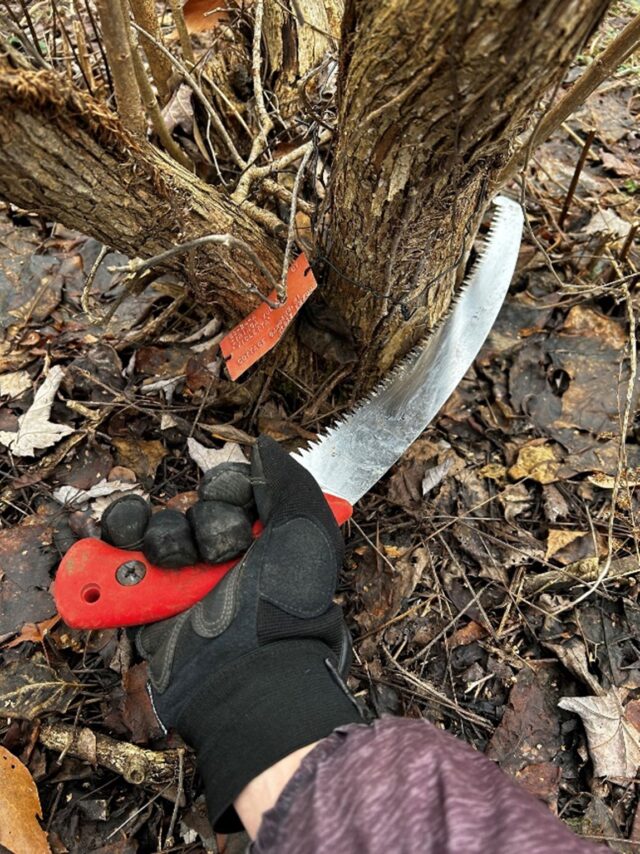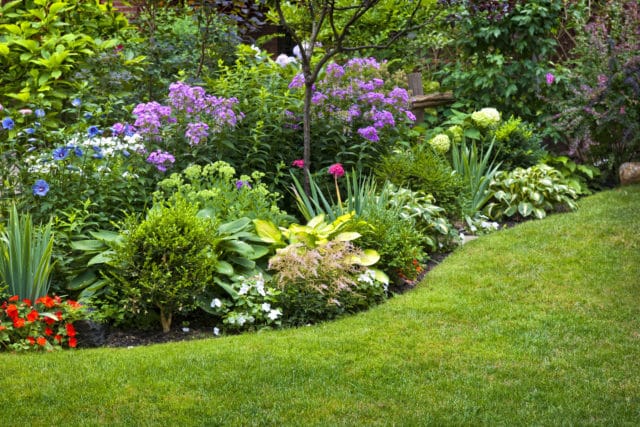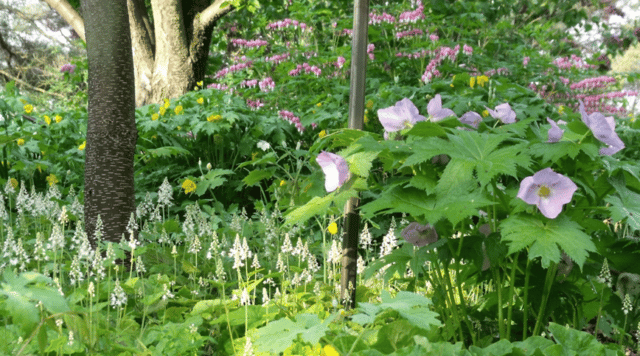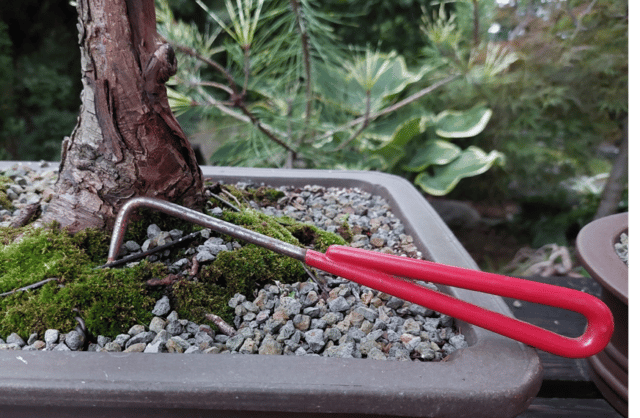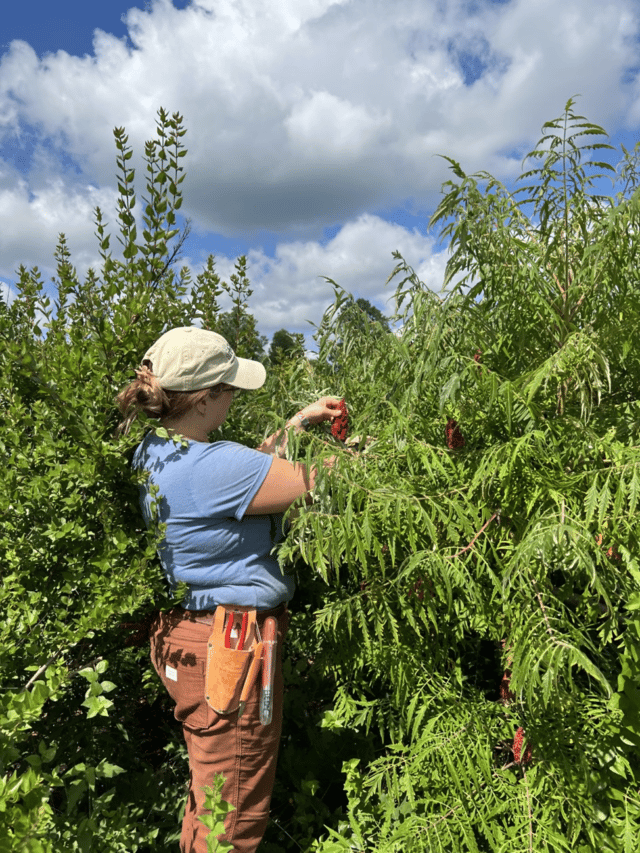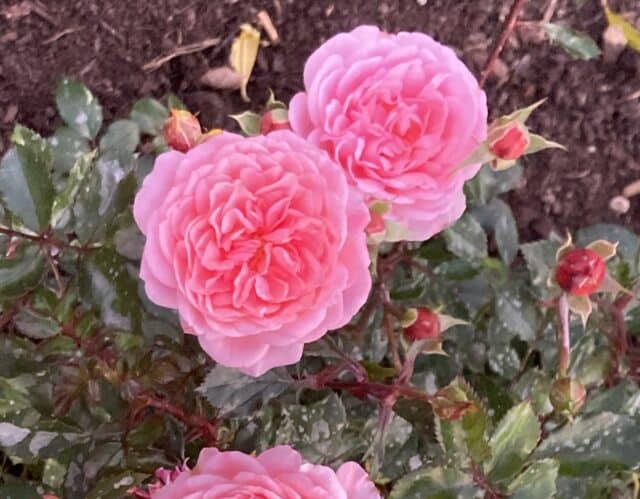
Like any other plant collector/hoarder, I often covet the things that I cannot have. There are many plants that we cannot enjoy in Ohio because our winter temperatures are too low. Some of my favorite plants – torch lilies (kniphofias), montbretias (crocosmias), agapanthus (lily of the Nile), and sword lilies (gladiolas) – are all native to southern African grasslands. They all have brightly colored flowers, strap-like leaves, and they are corms or rhizomes (a bulb like underground root structure).

We can grow many of these southern African plants right here in Cleveland. We have been growing the plants shown above for years at the Holden Arboretum. The summer of 2023, more cultivars were added to a bed south of Lotus Pond in the Main Display Garden. This summer, I plan to add gladiolas too.

Wait! How is that possible? You can grow these beauties in freezing cold Cleveland? How can they survive? Many can survive our harsh Cleveland winters and are hardy to Zone 6. Many others are less hardy and will only survive to zone 7 temperatures. But wait, I want those too! How can I have them here in Cleveland without having to dig-up the corms or rhizome each fall?
Plant Hardiness Zones
In November, the USDA released its new Plant Hardiness Zone Map, and Ohio is moving up! The map is based on 30-year averages of the lowest annual winter temps in specific locations. The area around The Holden Arboretum was previously listed as 5b (average low temps of -10), we are now a balmy 6a (average low temps of -5). According to a recently published Plain Dealer article in November 2023, much of Cleveland has increased plant hardiness zone from a 6 to a 7!
Occasional cold temperatures make it hard for less hardy species to survive a particularly hard frost. One cold spell can kill that precious marginal plant that you put in the ground. Aside from digging up the bulb or plant and storing it in the basement or the garage over the winter, what is a gardener to do with their precious plant baby?
Plant Protection Strategies
A light frost (around 32 F) generally won’t kill plants that can withstand our hardiness zone. The snow can help insulate the ground and even if the temperature goes below freezing plants can survive. We know in Cleveland that our temperatures can dip down even further. The following are just a few plant protection strategies that can be used.
Many gardeners protect woody plants by wrapping shrubs like boxwoods and rhododendrons in burlap to protect leaves from desiccating winds. One strategy to protect perennials that have died back to the ground is adding a thick layer of woodchips over the plants. A strategy I recently learned was to add a frost blanket over the roots of perennials. I’ve learned that sometimes nurseries will cover containerized plants in rows with rolls similar to landscape fabric. They end up looking like low tunnels, as described in Eliot Coleman’s The Winter Harvest Handbook.
Using frost blankets
Searching for frost blankets was difficult. Most cater to professional growers and are sold on nursery supply or field grower websites. Because of the target audience, frost blankets mostly come in large sizes and are expensive (I didn’t need a 300 ft roll for my garden bed). Some were rated with higher insulating numbers and were more expensive. Doing a keyword website search was tricky because many different names – products can also be labeled as fleece blanket, row cover, and frost cover. They also may be found under a cute brand name. Most products seem durable and like they can be stored and used for several seasons.
The frost blankets that I found were a bit thicker, like a tarp with a bit of insulation in the middle. They are 6 ft wide by 25 ft long. Originally, I was only going to stake to the ground using the few grommets in the frost blanket, but the wind lifted the blanket like a sail. I added a 2-inch-thick layer of woodchips on top to keep it in place and add a bit of extra insulation. The edge of the frost blankets is peeking out.
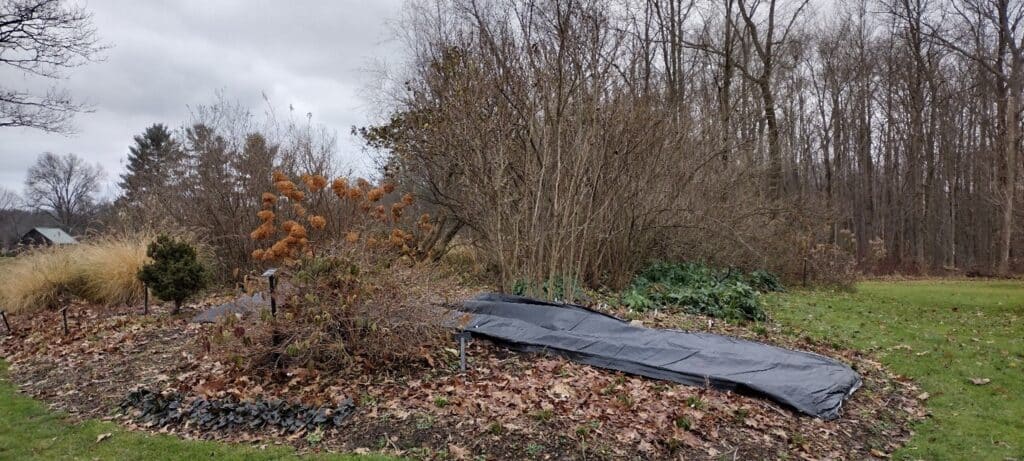
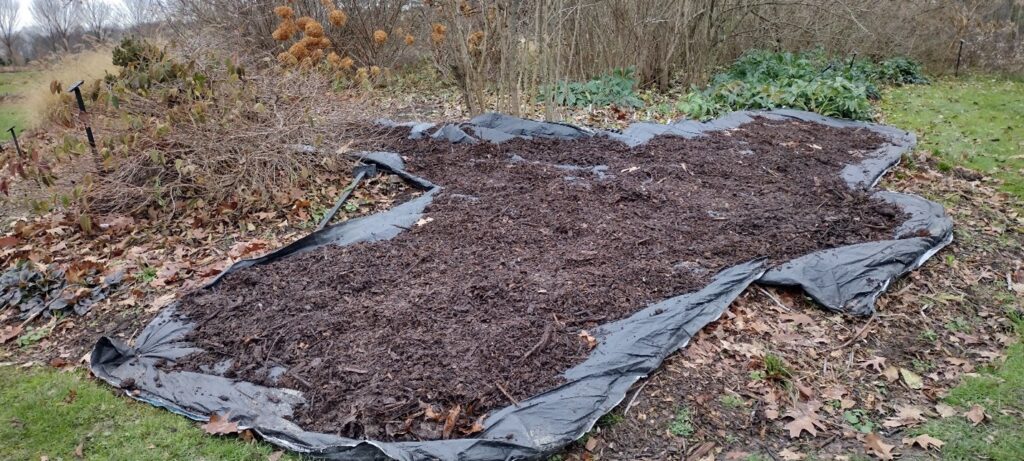
I think a homeowner with a small number of plants could potentially create their own frost blanket. Pinning or staking down several layers of permeable landscape weed fabric and topping with a thick layer (around 3 inches) of preferably woodchips (or mulch or leaf humus) could provide a similar amount of insulation. In spring, remove the fabric and rake the mulch into the garden bed to get ready for the season of blooms.
This spring I will remove and store the frost blanket indoors. I will see if the extra work I did tucking my precious plant babies in with a thick blanket helped them survive. Good night, sleep well, mama loves you. Is the extra work worth it? I think so!
Come explore the early blooms that can be found starting in February. With a few warm days, there will be plenty to admire if you walk slowly and look closely. Our It’s Poppin’ blog series will begin in late February/early March. It’s a great way to stay up-to-date on what’s in bloom at both campuses. Happy exploring!

Sandi Cesarov
Horticulturalist
Sandi Cesarov is a horticulturalist at the Holden Arboretum campus. She earned a Bachelor’s degree in Botany from Miami University.

